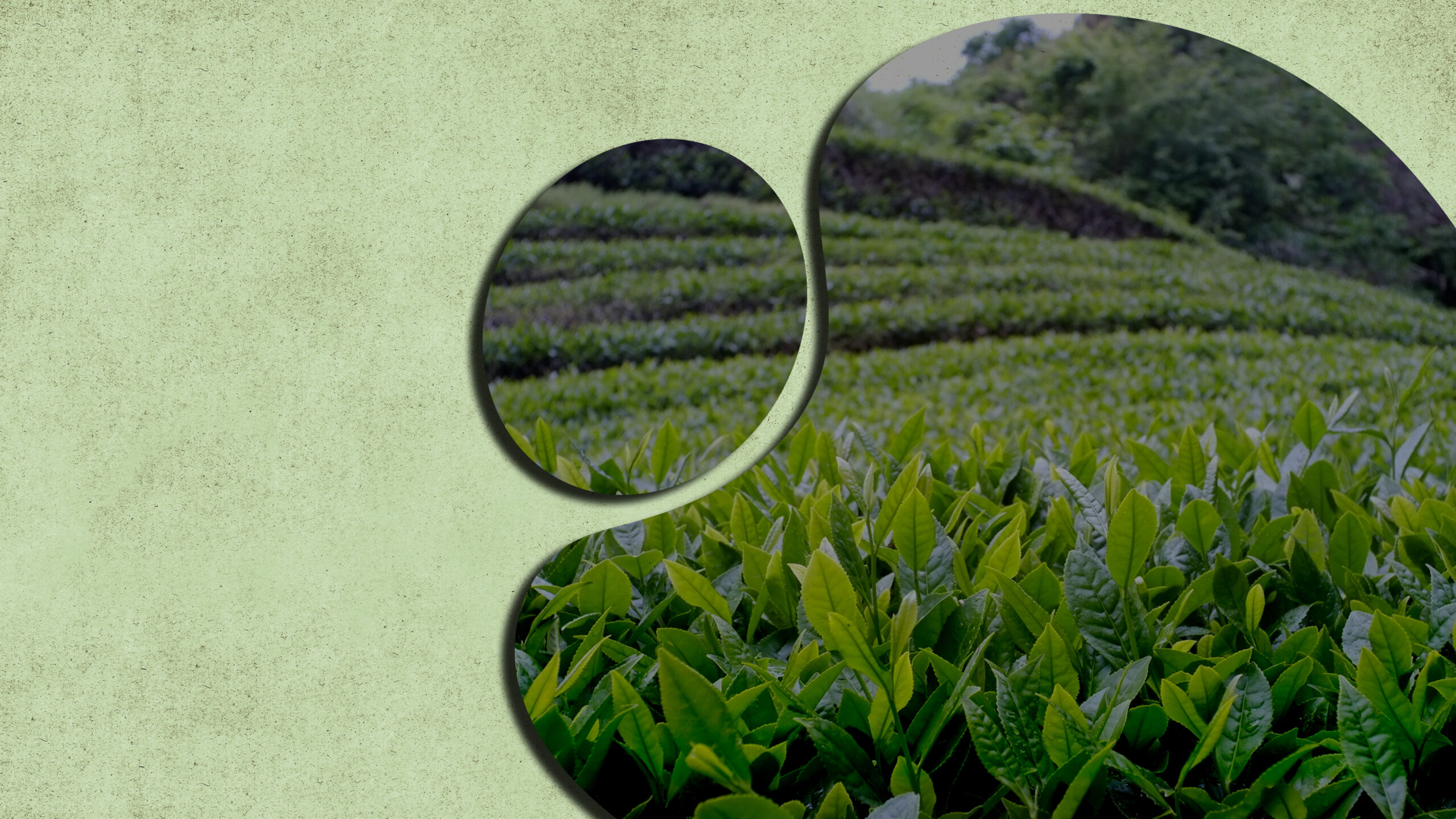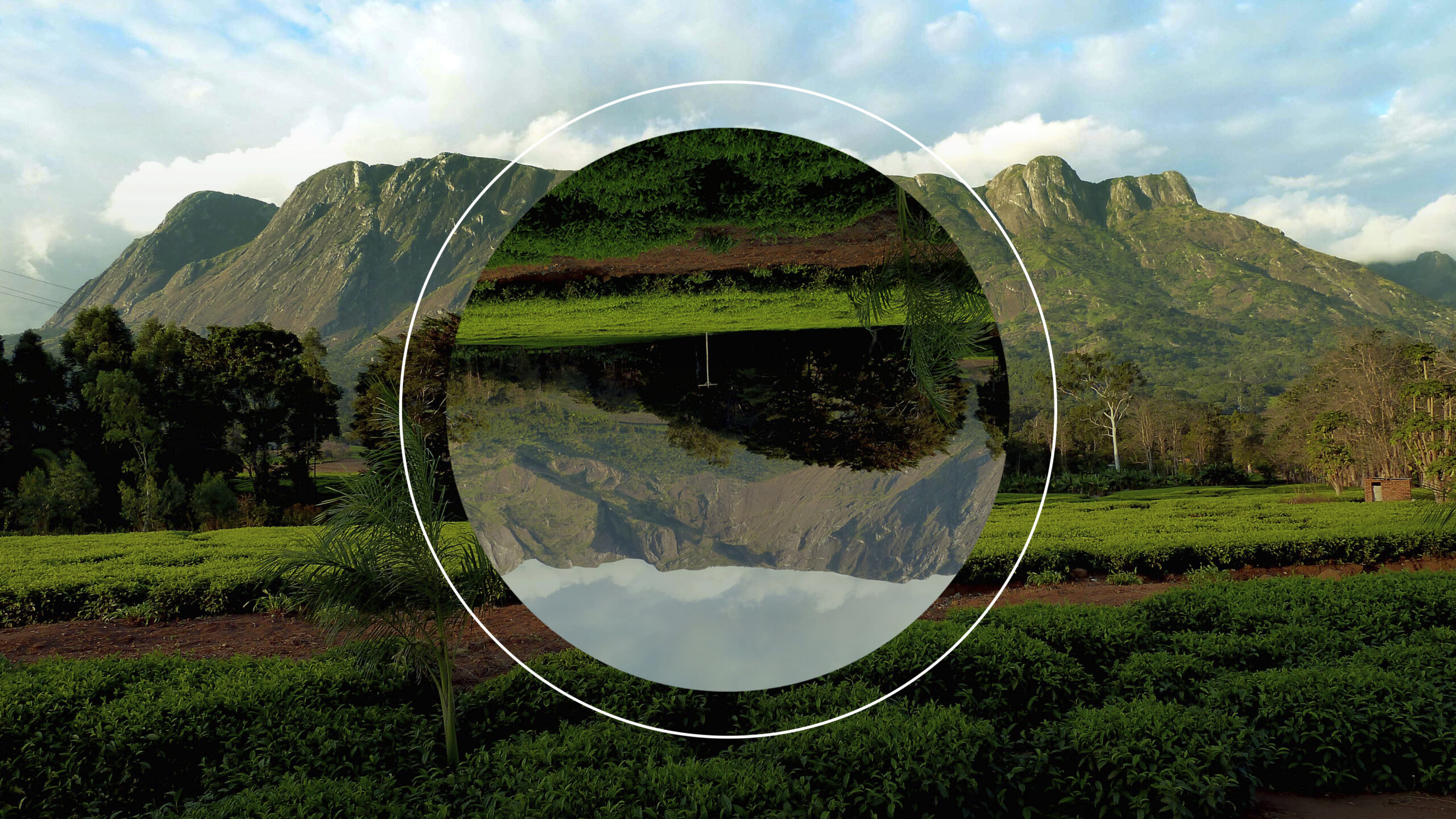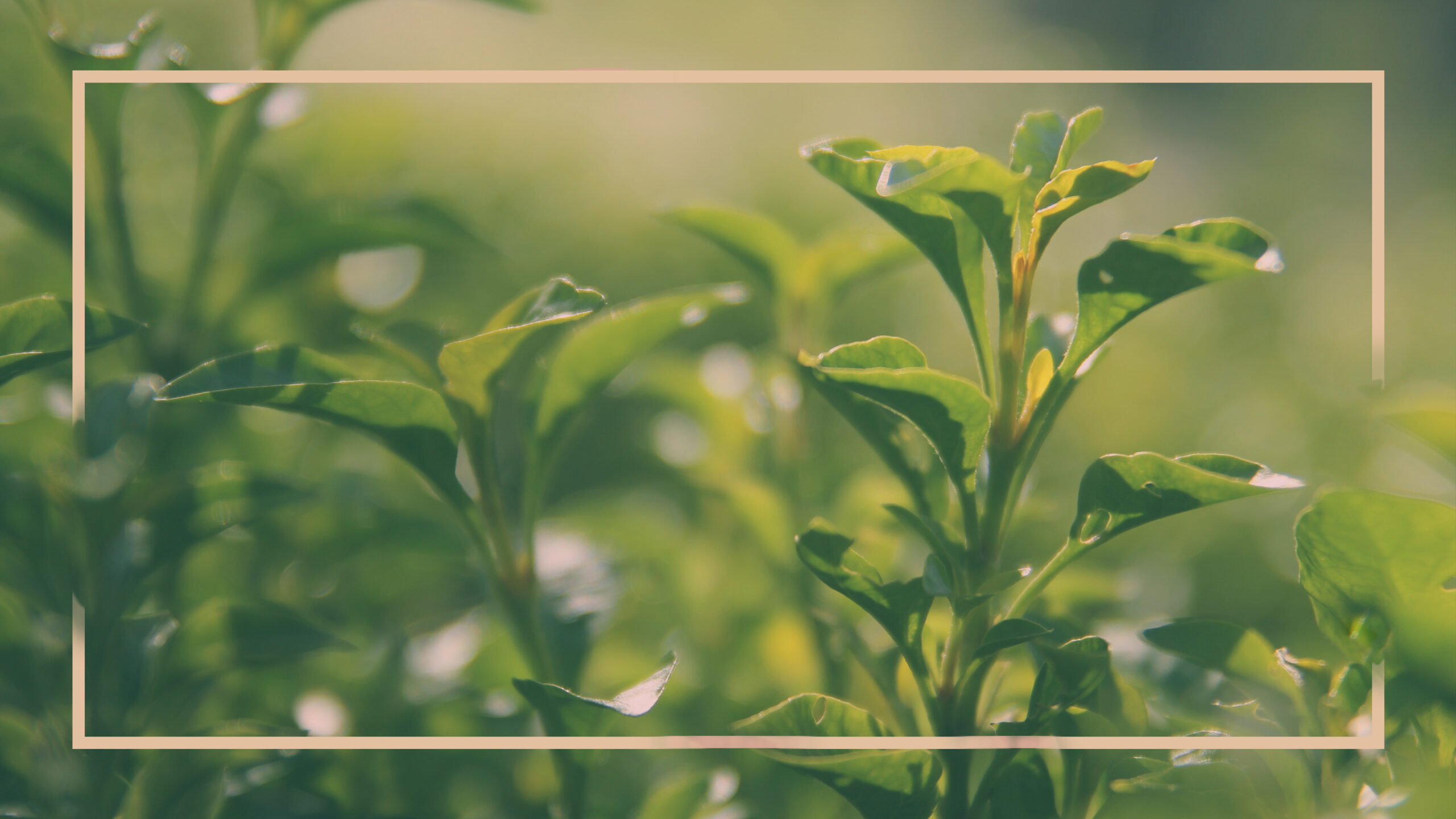CULTURE - SENA
Physical location
The Sena people are largely concentrated in the Southern Region of Malawi especially in the Lower Shire Valley. They are mostly distributed in the districts of Nsanje, Chikwawa and some parts of Mwanza and Thyolo Highlands. The Sena practice a number of economic strategies ranging from small scale fishing in the shire river as well as cultivating cotton, which is sold as the cash crop. The lower shire has a national park and a number of game reserves. There is Lengwe National Park, Nyala Park, Majete Game Reserve and Mwabvi Game Reserve.
Historical background
The Sena people came into Malawi in the late nineteenth century. Their original home is the South Bank of Zambezi bordering with Mozambique, particularly in a town called Sena.
Reasons for migration
There are socio-economic, ecological and political factors that influenced their migration.
Socio-economic and ecological factors
- The low laying areas of the Shire valley provided a conducive environment for madimba (dambo) gardening
- Availability of labour along the Shire Valley
- Availability of land
- A conducive environment for cotton cultivation
- Availability of water
- Prolonged drought and famine in Sena land
Political factors
- The Makombe uprising, in 1917, in Mozambique
- Portuguese cruelty
- The hospitality of colonial masters and Christian Missionaries
- Tax evasion from Portuguese Colonial officers
Language
The Sena people speak Chisena as their mother tongue. However, due to the forces of multiculturalism and globalization, some tend to have a Mang’anja accent as well as the Chichewa language, which is spoken by ethnic groups bordering the Sena.
Sub-ethnic groups
The term Sena is an umbrella term. Within the term there are sub-ethnic groups, and these are;
- Azimba
- Achikunda
- Barwe
- Phodzo
- Phungwe
- Shona
- Rabu
The “Phodzo” were hippo hunters while the “Achikunda” were both hunters and warriors. However, the name Achikunda is no longer preferred because they claim that it is used in a pejorative manner. The “Rabu” are the descendants of pre-Portuguese Arabs
Kinship system
The Sena are of patrilineal descent and practice virilocal marriage system. In this instance, after marriage arrangements the wife moves out of her parents home village and lives in the husband`s home village. The Sena also practice the Lobola marriage system. In this instance, the prospective husband pays a bride price to the parents of the wife. This is mostly in form of cattle. When this is not available he pays a certain amount of money equivalent to the number of cattle one was expected to pay with. The Sena people do practice chokolo (widow inheritance). The one who inherits the widow also inherits the all the property as well as the children. However, in the wake of HIV/AIDS, chokolo has received a lot of criticism. Alongside chokolo, is another form of marriage called nthena. This happens when a husband has successfully taken care of the family (including the father-in-law), and as a token of appreciation, the in-laws family give him a sister to his wife. However, the children of nthena are not of the same status as that of the original wife. Furthermore, the Sena people do practice polygamy. The wives can build houses adjacent to each other but do not usually have a communal meal.
Sena political organization
The Sena have no senior chiefs of their own but only village headmen and eni mbumba (leaders of the clan). This is because they are believed to be immigrants and by the time they arrived into the country, there was already another group called the Mang`anja who claimed to be the owners of the land. Hence for the Sena to successfully live among the Mang`anja it had nothing to do with kingship but political adherence.
The Sena village
The Sena village consists of the paternal grandfather with his married sons and grandsons to whom he acts as a leader. The paternal grandfather acts as Nkoko Ogona (Senior Authority Figure) who sorts out and rectifies matters in times of disputes. Normally in their political organization there is a principle of seniority.
Succession and inheritance
Line of inheritance is patrilineal. When a clan leader dies, power goes to the deceased`s brother or his son.
Rituals and rites of passage
Spirit Possession
Many spirit possessions occur among the Sena than their Mang`anja counter parts. Moreover, spirit possession is high among the patrilineal societies than the matrilineal societies. These spirits that possess people are usually of the deceased ancestors. In the case of these spirits, people refer to them as matennda a mizimu (disease of spirits). Therefore the ritual itself is therapeutic in nature. Their manifestation into the society usually has a purpose and they are dealt with accordingly as the following discussion shall illustrate.
Add Your Heading Text Here
- Hysteria-for example loss of consciousness
- Loss of appetite
- Nightmares
- Shivering
- Rigidity and contraction of the limbs
- Raving
Categories of spirits
There are good and evil spirits
Types of spirits
1. Malombo
This is a form of a good spirit. It can be a spirit of a great healer who once lived and would like to possess someone within the social structure.
2. Chikwangwali/Chiwanda
The chikwangwali is a spirit of a witch who when alive was consuming human flesh. Therefore when that person dies, his/her spirit has a propensity to consume human flesh. The sickness caused by the chikwangwali is thought to affect the reproductive system. When a woman continually has miscarriages (spontaneous abortions), members of the community believe and suspect that the Chikwangwali might be feasting on the foetus. It is also believed within the community that the Chikwangwali may cause also female sterility, infant mortality. At times the husband may get suspicious and call for a diviner.
Dealing with possession
A would-be possessed person may display some of the signs and symptoms illustrated above. Now at the climax of possession he or she falls into a deep trance. The patient may shiver violently and ravels violently. The specialist (traditional healer) is invited with the sole purpose to identify the nature and aims of the spirit. The specialist is called Mankhumbasa or Mchimi. Dealing with malombo.
During trance, the specialist provokes the spirit and asks its identity and aims. When its identity is discovered as Malombo, it is placated (this ceremony is called accommodation). The aim is to make this good spirit settle down in the person. The setting itself is carried out at the home of the patient. Usually the ritual starts at dusk (sunset) until the following morning.
Dealing with Chikwangwali
When the spirit is identified as chikwangwali, it has to be expelled from the body of the patient (exorcised). This is because it is regarded as evil and the one known to cause social instability. The ritual itself is called exorcism as opposed to placation in the malombo case. The ritual takes place at crossroads or in the bush. The reason behind this strategy is to confuse the spirits direction once it leaves the body, so that it doesn’t return back home
3. Mazinda
Mazinda is a spirit not related to the patient. It is a third party possession. The Mazinda spirit is motivated by the idea of compensation and competition. The main signs and symptoms of Mazinda is hysteria and loss of consciousness. Mazinda tend to occur when a woman is threatened by divorce or her husband is flirting with another women and is showing favouritism. This causes tension especially among women whose houses are adjacent to each other. In the Sena marriage system, when a woman is divorced, she is supposed to leave for her village. This means that children and other material goods are left behind. This moment of depression may eventually result into Mazinda possession.
The nature of the spirit can be that of a warrior or hunter-the kind that symbolizes protection. The spirit itself is claimed to be a mystical husband for the afflicted. When a Mazinda patient shouts it is known that their eyes protrude. Her movements depict sexual actions. Finally she dances like a warrior nailing the spear to the soil. In the process she can demand a brand new yellow cloth. She is dressed in bright new attire as a bride as opposed to Malombo where the regalia is dark-blue and may necessarily not be new. Some theorize that Mazinda spirit possession is the battle between sexes in male dominated societies. Thus here, the patient is able to express the social tension between herself and her marriage partner.
Dances
Machipo
Connected to hunting and it is used as a social criticism. The rationale behind Machipo is to rebuke the means and gluttons, to enable people to share either their food or other material belongings. It is performed by both sexes. The drummers sit in the middle of the circle. In the process a certain man poses as a hunter, he comes into the village and finds a group of women, he approaches them telling them about his success, they all leave for the bush; they go to a place where the hunter has hidden his kill. Together, they carry the carcass home and share it among themselves to their satisfaction.




